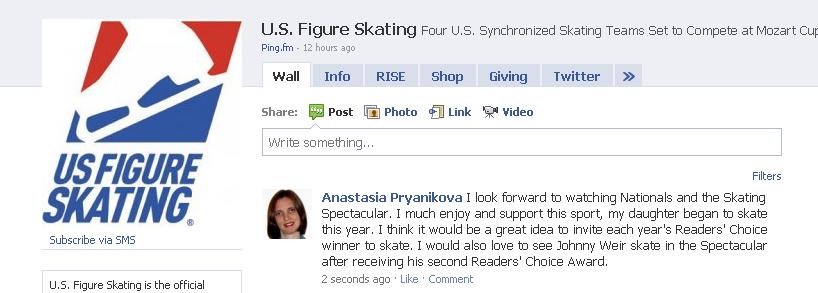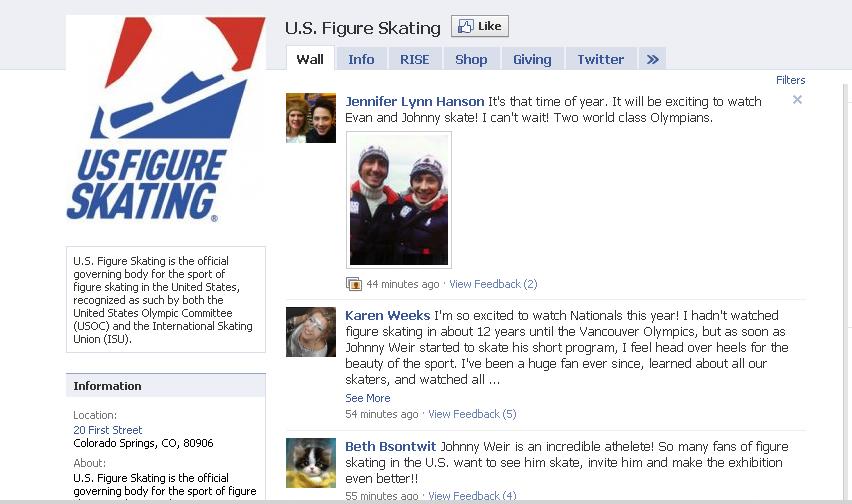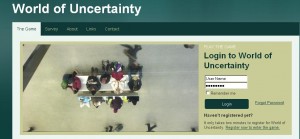7 Barriers to Active Listening
“The most precious gift we can offer anyone is our attention.“
~Thich Nhat Hanh
 Effective influencers master the art of listening, and they understand that people want to be heard. In our fast-paced world, active and empathetic listening is a rarity, and it’s not as simple as it sounds. Even if we know how to listen, we often don’t do it for a number of reasons.
Effective influencers master the art of listening, and they understand that people want to be heard. In our fast-paced world, active and empathetic listening is a rarity, and it’s not as simple as it sounds. Even if we know how to listen, we often don’t do it for a number of reasons.
Next time you talk to someone, watch for the following seven common listening barriers that block a good conversation flow and may cause misunderstandings:
1. We join the conversation with predetermined attitude and assumptions about the other person or the subject matter to be discussed. Good conversations have the power to create new shared meaning and understanding, but it is only possible if we are open enough to consider those new possibilities. So many people use conversations just to reiterate their own positions on issues. Little is gained with such approach. Instead, join a conversation with an open mind and desire to learn something new. Listen with curiosity and without bias.
2. We are so preoccupied with our own thoughts that we are unable to listen attentively. Maybe, we are distracted by something unrelated to the topic of the conversation, or we are busy developing our own response and miss what’s being said. It’s not easy to pay focused attention to the other person’s words. Our prefrontal cortex, the brain region implicated in planning complex cognitive tasks, decision making, and moderating correct social behavior, is easily overwhelmed. We can process just about seven pieces of information in our conscious mind at any given moment. It makes it impossible to attend to several things simultaneously that require our concentration. We have to train and discipline our mind to listen actively and push any other distracting thoughts aside.
3. We are completing the other person’s thoughts and jumping to conclusions. How often do we hear something and say to ourselves: “Oh, I know where she is going with it.” We attribute ideas, motivation, and intentions to others that they may not have. This leads to misunderstandings. This is especially true if we have known the conversation participants for a long time. We feel like we know what they will say. Patience pays off in conversations. Let the others finish their thoughts and don’t assume you already know what they are going to say.
4. We engage in selective listening. It occurs when we listen only to what we want to hear. We like to be right, and our minds like consistency. We don’t feel comfortable when something upsets our belief system. It’s easier to ignore that information. The downside is that we can’t learn from others or collaborate effectively. To overcome the habit of selective listening, paraphrase or mirror back what you hear to ensure you understand other points of view. Engage in conversations with people who you know will disagree with you and learn to discuss your disagreements respectfully. Encourage different opinions with the intention of considering them thoroughly and learning from them.
5. We feel too tired, anxious, or angry to listen actively. Our brains run on glucose. The glucose levels drop when we are tired, so we no longer have the energy to think clearly. When we experience strong negative emotions, as when we are angry or under stress, the glucose goes from the prefrontal cortex to the amygdala in the limbic system of the brain, responsible for the emotional control and memory of our emotional reactions. The amygdala triggers the “fight or flight” mode. As a result, our mind “freezes,” and we either launch verbal attacks or withdraw from the dialogue. Strong feelings and emotions affect our listening, reasoning and judgment. If the parties feel overwhelmed, a better strategy is to take a break from the conversation.
6. We don’t pay enough attention to body language and supersegmentals, such as intonation, rate of speech, emphasis, or tone. We can focus not only on what’s being said, but also on what’s not being said. The supersegmentals and body language give away clues about people’s emotions, feelings, stress levels that provide additional information that may not be expressed in words. To be an active listener, you have to be a good observer too.
7. We are in a hurry. We don’t have time to listen and can’t wait for the other people to finish their thoughts so that we could get on with our business. People will sense that you don’t really want to listen to them. If you find yourself always trying to control the pace of conversations, talk too fast, or urge others to get to the point, try to consciously slow yourself down. Find a better time to talk. A conversation is not a race to the finish line.





